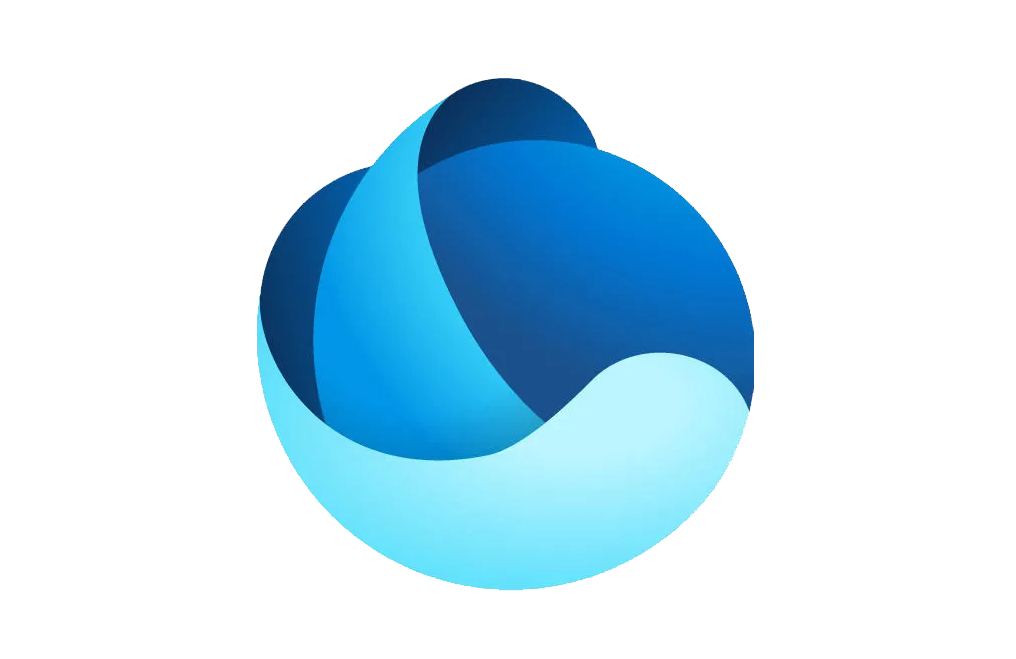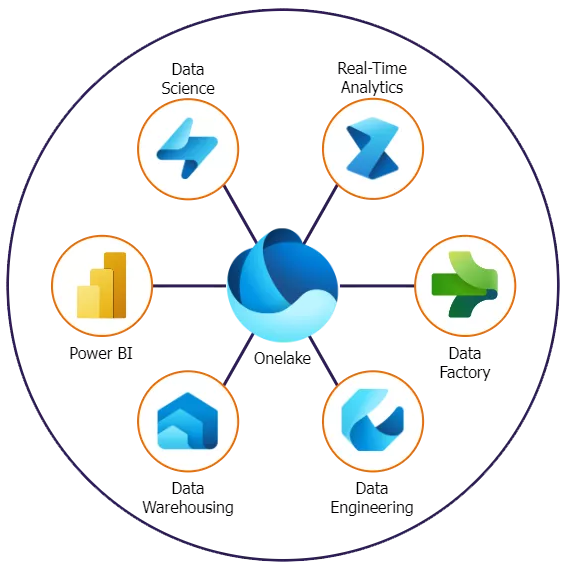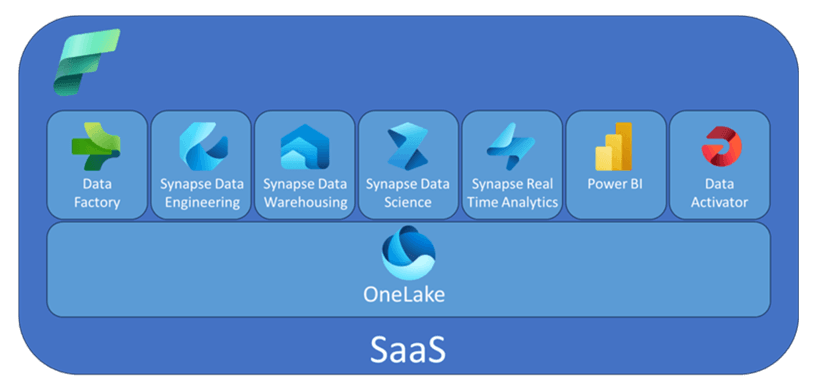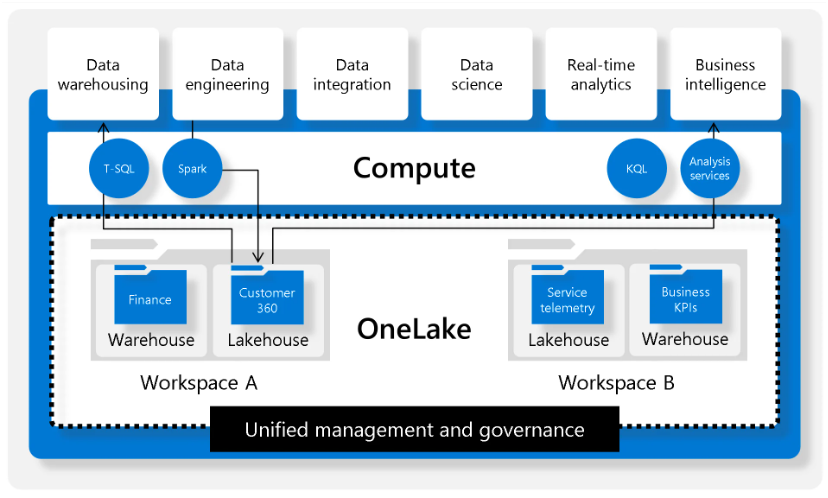Dive Deeper: OneLake and Direct Lake in Microsoft Fabric
In our introduction to Microsoft Fabric, we touched on some of the fundamental building blocks that enable data and analytics to come together in a unified environment. However, to truly grasp the power of this platform, it's worth taking a closer look at two key concepts: OneLake and Direct Lake. These technologies form the backbone of how Fabric is revolutionising data storage and accessibility. Let’s dive deeper.
Seamless Data Integration
Think of OneLake as a "lakehouse" solution where all your data is consolidated into a single, unified structure. It serves as the universal data repository for the entire Microsoft Fabric ecosystem. The benefits of OneLake make it a game-changer for data-driven organisations.
Key benefits of OneLake:
1. Centralised data storage: OneLake brings all data together in one place, regardless of whether it originates from Azure Data Lake, SQL-based systems, or third-party services
2. Supports both structured and unstructured data: Structured data is stored in the open Delta Parquet format, enabling seamless integration with other systems and tools without complex conversions. Unstructured data can reside in the same file system, making it easily accessible and processable by Spark.
3. Built-in versioning and governance: OneLake manages data governance, access permissions, and versioning as part of its core functionality.
4. Data sharing without duplication: Instead of creating multiple copies, OneLake allows data to be shared directly with other services using open standards like Delta Sharing.
A practical example: Imagine you have data from a CRM platform, an ERP system, and a marketing platform. With OneLake, all these data sources can be combined without the need for physical movement. This not only reduces storage costs but also improves performance.




